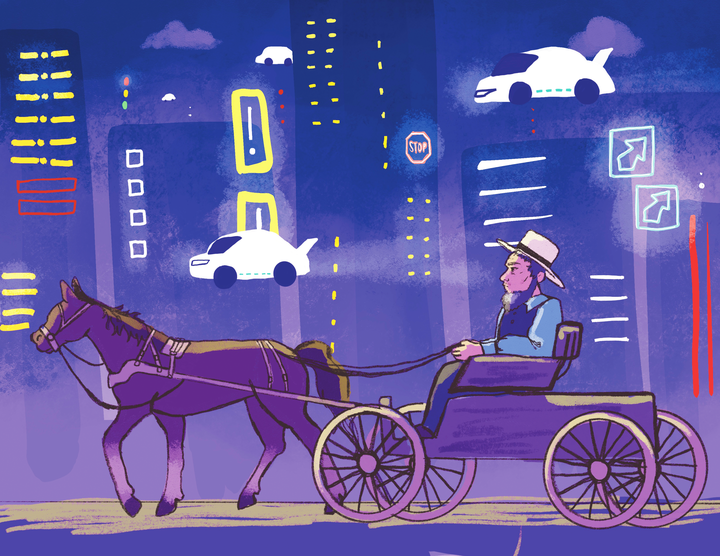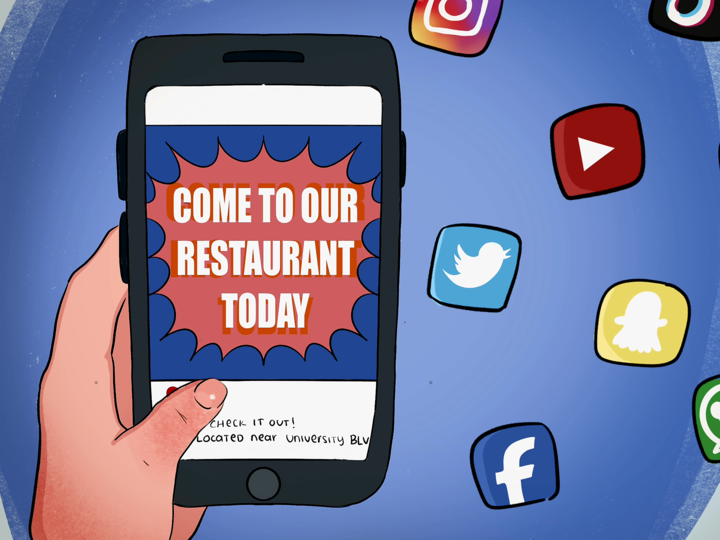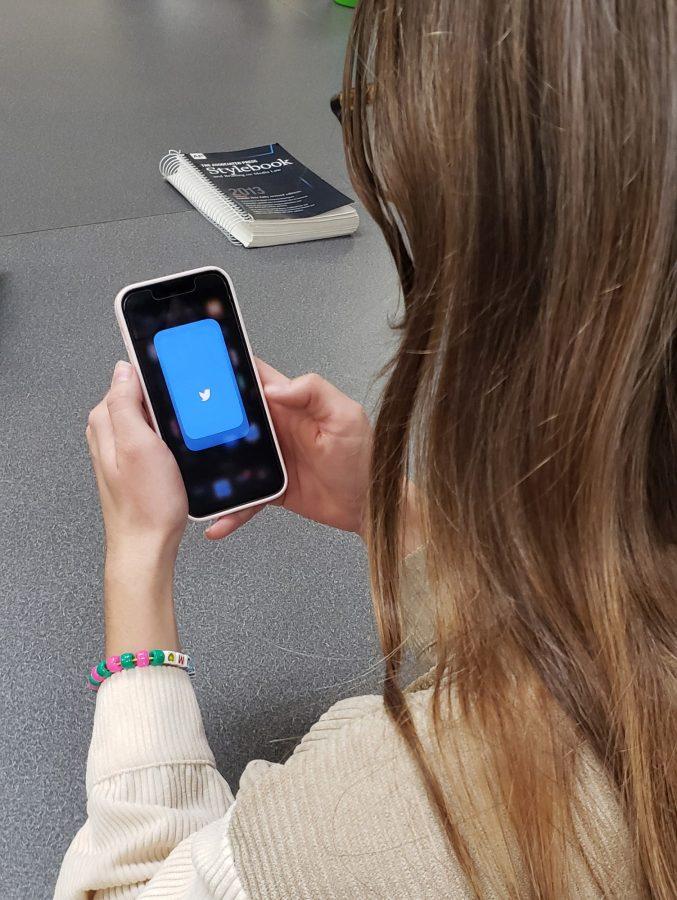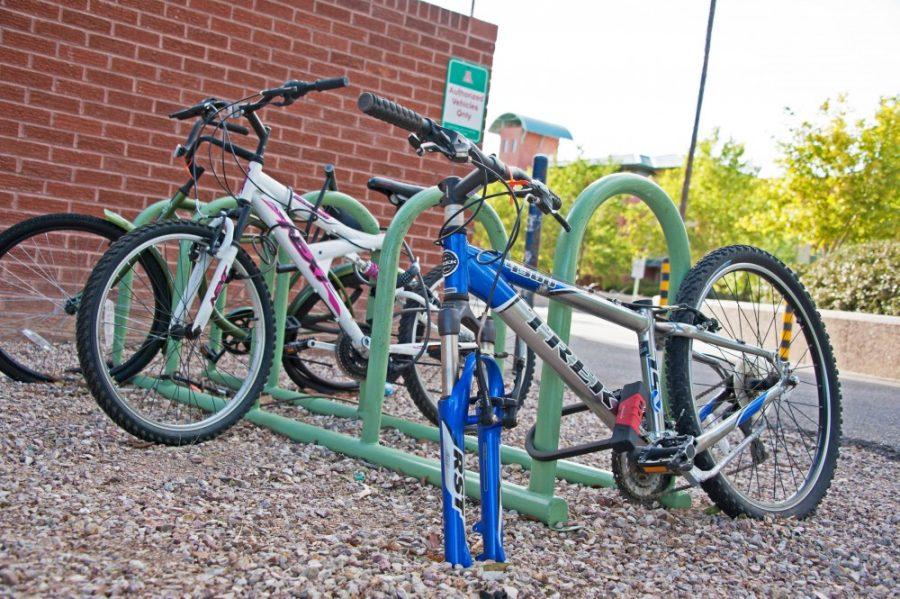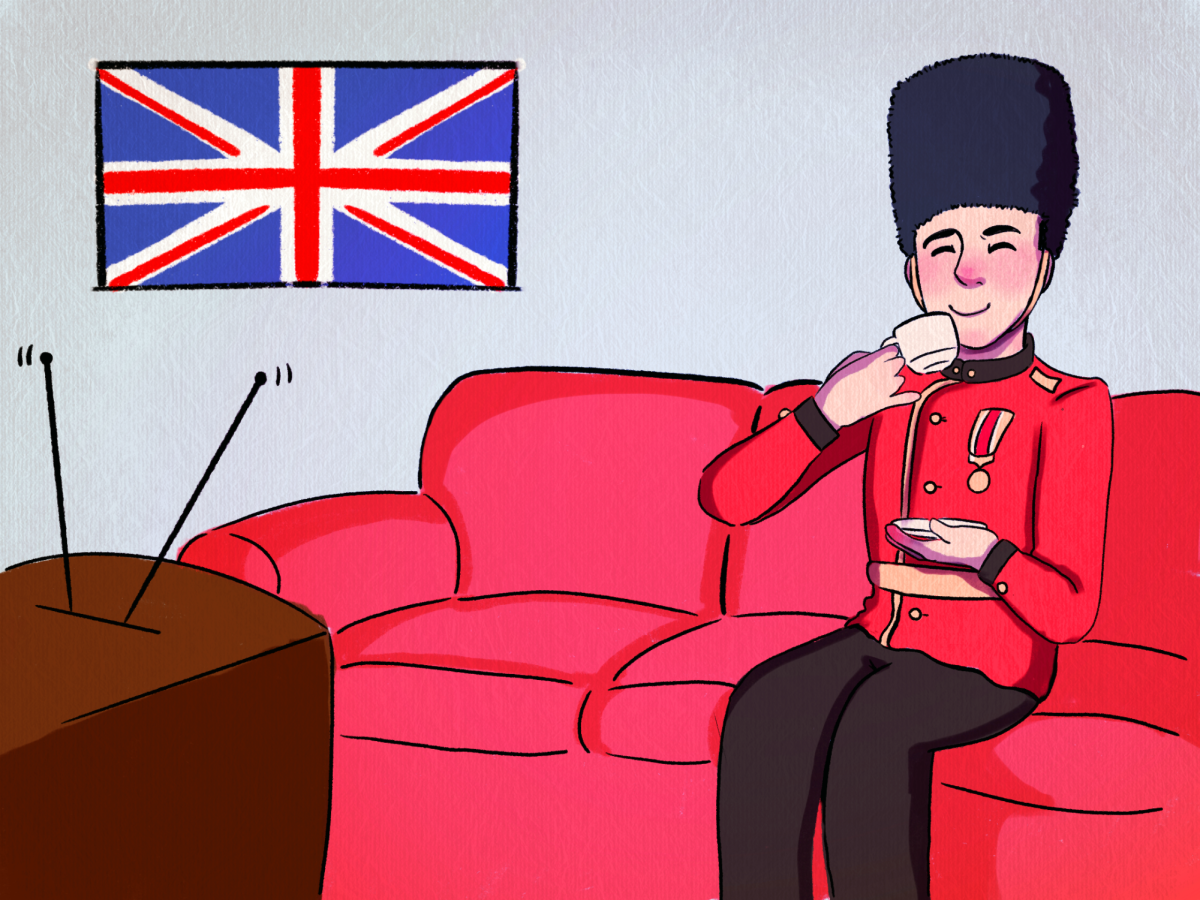This year’s freshman class would have been about 10 years old on Sept. 11, 2001. Many of us were just beginning to discover the wider world beyond our homes and families.
But on that day we found our parents and teachers could fear. We saw that our country could bleed. We learned we live in a world where humans hate other humans, where airplanes could be used as missiles to murder people who had done nothing wrong.
That’s the world in which we came of age. Eight years later, it’s difficult to imagine any other.
But while Sept. 11, our “”Day of Infamy,”” will never be just another date on the calendar, fears have faded in the years since and life has returned to something we can call normal. For our generation, Sept. 11 is a fact of life. We remember, but we move forward. That’s as it should be.
But even so, today it’s important to note that we really do live with the legacy of Sept. 11 every day.
Most notably, we see Sept. 11 in the headlines from Iraq and Afghanistan. Many of our classmates have served in the wars touched off by the terrorist attacks. Today’s high school graduates are volunteering to serve in a conflict that began when they were in grade school. If your family or friends are serving or have served overseas, you know better than anyone this day has real meaning.
And for the thousands across the country who lost loved ones in the terrorist attacks, Sept. 11 will never be an afterthought.
So today, we remember.
The following is an excerpt from a letter to the editor sent by UA alumna and former Daily Wildcat columnist Erin Kirsten Stein, published Sept. 12, 2001.
I went to the eye doctor yesterday. On the subway into Manhattan (I live in Queens) they announced delays in train service. They announced that E trains were not running below Canal Street because a plane had run into the World Trade Center. It’s not your typical subway announcement, but I just thought that some moron had flown his tiny plane into the antenna or something. After all, not long ago somebody ran into the Statue of Liberty.
The TV was on in the optometrist’s waiting room with the image of the smoking towers. After I came out of my eye exam, the first tower collapsed. As I rushed over to my office building, people were on the street everywhere talking about it, “”It fell over!””
“”Hey it’s the end of the world!”” Cell phones were not working — either because the antennas on top of the towers were gone or because millions of people were overloading the circuits …
All of the subways and train services were shut down. So many of us non-Manhattan residents were marooned on the island. Every sidewalk was its own river of people moving uptown, away from the disaster. There were long lines at all of the pay phones. I could see down Sixth Avenue to where the towers had been and where a huge pillar of smoke and dust was rising and billowing out toward Brooklyn. Every time the drone of a fighter plane was heard, people jumped …
Since all of the subways were closed, we joined the crowds, making an exodus out of Manhattan on foot. Most of the streets were closed, and only emergency vehicles drove by on their way to the scene: fire trucks, ambulances and bulldozers traveling in a pack with a police escort, a delivery truck commandeered and labeled with a cardboard sign that read “”NYC Emergency Hospital Medical Supplies.””
As we walked over the bridge to Queens and I looked at the still-billowing smoke that used to be two tall skyscrapers, I still couldn’t believe the towers are gone. When I’ve watched disasters like the Oklahoma bombing and the Columbine shootings unfolding before me on TV, I’ve been unable to imagine the pain and grief that the victims’ loved ones suffered. Now I am much closer to being able to imagine it.
Editorials are determined by the Daily Wildcat opinions board and written by one of its members. They are Shain Bergan, Alex Dalenberg, Samantha Luvisi and Heather Price-Wright.



